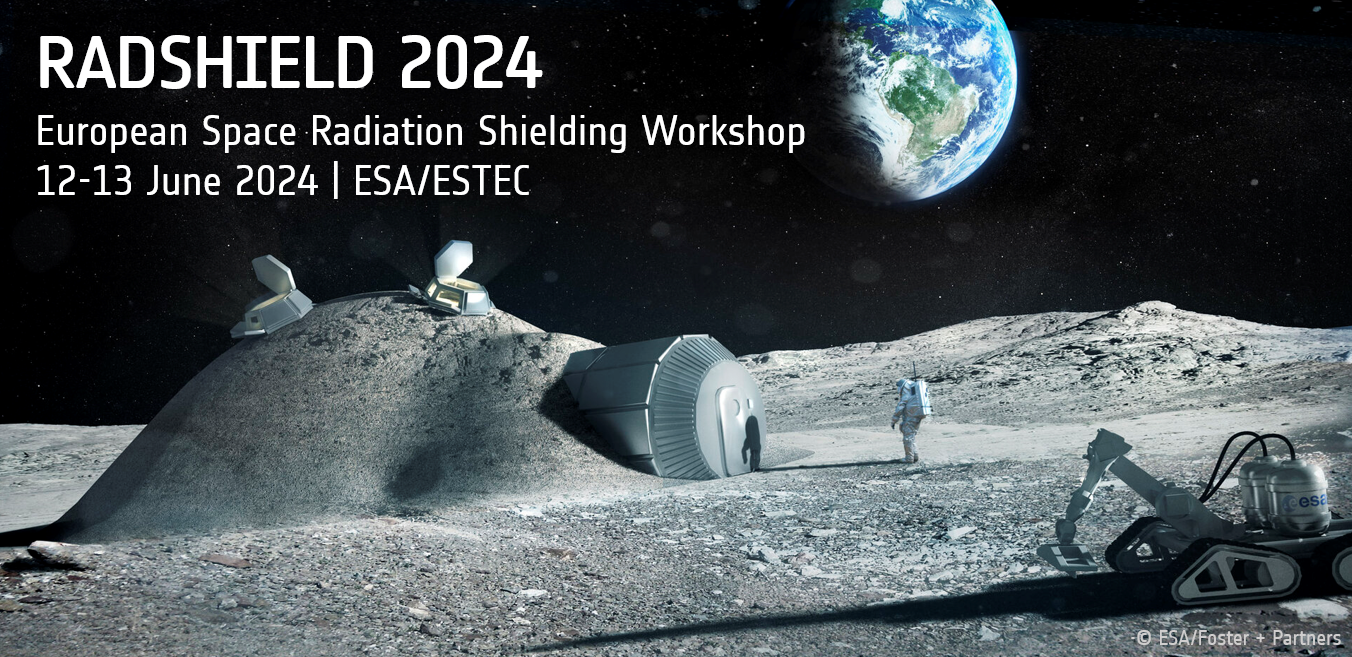Speaker
Description
Preparing for human exploration on Mars is a challenging task when it comes to shielding from cosmic radiation for inevitable long-term stays. The equivalent dose at the surface – 0.64 mSv/day in average measured by the Curiosity rover [1] – combined with the dose received while in transit can amount to a value higher than the limit established for the entire career of an astronaut (1 Sv [2]). One option for radiation mitigation explored in the literature is the use of regolith as a shielding material [3,4], for example in the construction of habitats, given an appropriate wall thickness.
Here, we aim to develop adobe structures for radiation shielding by employing slurries from clay-bearing regolith and brine simulants for Additive Manufacturing (AM). The deliquescence of regolith minerals, forming brines with eutectic temperatures lower than the freezing point of pure water [5-7], gives plasticity to clay-rich soils – an appropriate feedstock for Material Extrusion (ME). The goal is to use the mineral diversity and hydration states of the Martian soil to produce multi-layer shields using a layer-by-layer approach with AM. Combining high-Z and hydrogen-rich materials that target specific types of radiation can improve the efficacy of the shield. Radiation shielding simulations performed on models of regolith simulants from different Martian sites show differences in particle transport, in which the type of radiation determines the performance of the material. Irradiation tests will support an investigation on deviations between theoretical and experimental results, possibly supporting the development of models for complex materials systems such as regolith.
References
[1] Hassler, D.M., et al., Mars’ Surface Radiation Environment Measured with the Mars Science Laboratory’s Curiosity Rover. Science 2014;343(1244797), DOI:10.1126/science.1244797.
[2] Straube, U., Berger, T., Reitz, G., Facius, R., Fuglesang, C., Reiter, T., et al., Operational radiation protection for astronauts and cosmonauts and correlated activities of ESA Medical Operations. Acta Astronautica 2010;66:963–73, DOI:10.1016/j.actaastro.2009.10.004.
[3] Meurisse, A., Cazzaniga, C., Frost, C., Barne, A., Makaya, A., Sperl, M., Neutron radiation shielding with sintered lunar regolith. Radiation Measurements 2020;132:106247, DOI:10.1016/j.radmeas.2020.106247.
[4] Un, A., Sahin, Y., Determination of mass attenuation coefficients, effective atomic numbers, effective electron numbers and kermas for Earth and Martian soils. Nuclear Instruments and Methods in Physics Research Section B: Beam Interactions with Materials and Atoms 2012;288:42–7, DOI:10.1016/j.nimb.2012.07.031.
[5] Chevrier, V. F., Rivera-Valentín, E.G., Soto, A., Altheide, T.S. Global Temporal and Geographic Stability of Brines on Present-day Mars. Planet Sci J 2020;1(3):64, DOI:10.3847/psj/abbc14.
[6] Nuding, D. L., Davis, R. D., Gough, R. V., Tolbert, M. A., The aqueous stability of a Mars salt analog: Instant Mars. J. Geophys. Res. Planets 2015, 120,588–598, DOI:10.1002/2014JE004722.
[7] Möhlmann D, Thomsen K. Properties of cryobrines on Mars. Icarus 2011;212(1):123–30, DOI:10.1016/j.icarus.2010.11.025.

